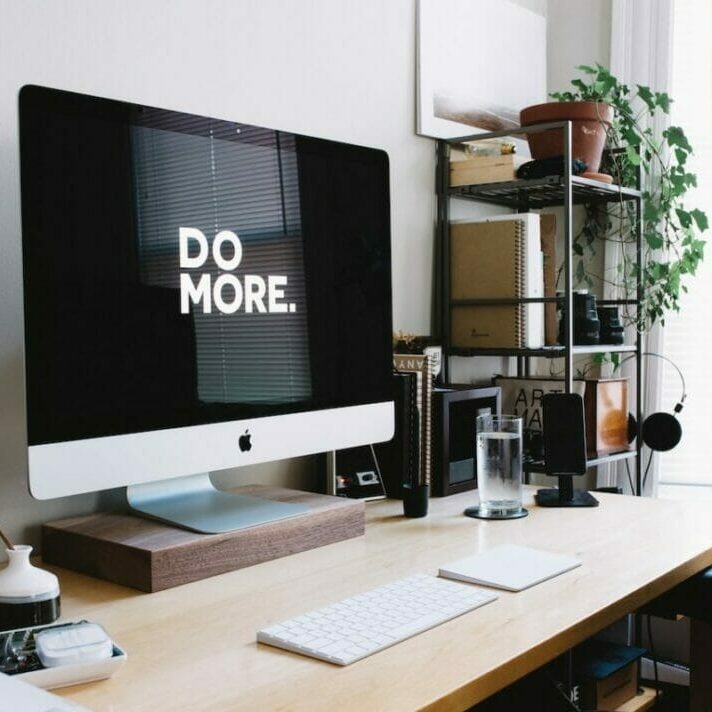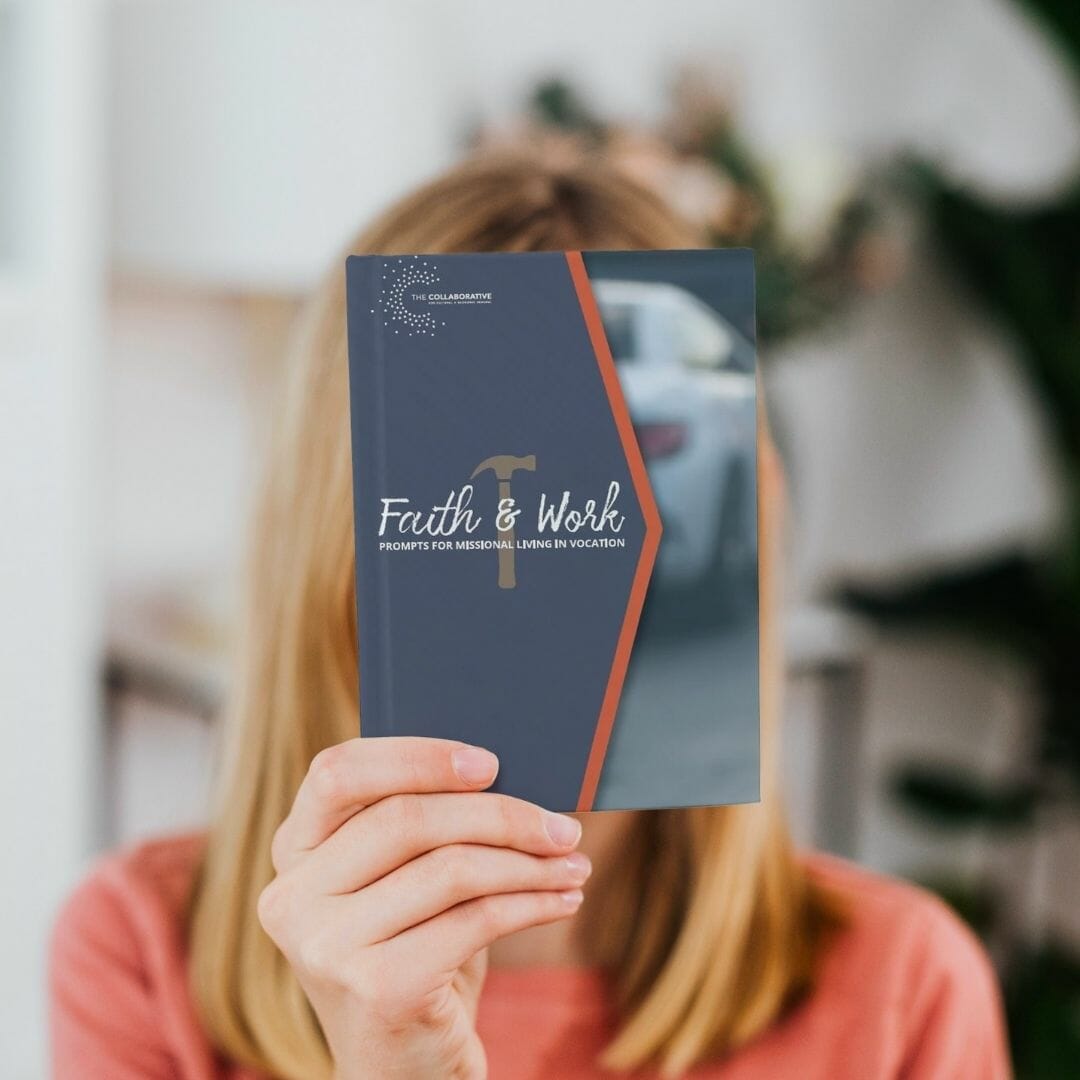Inside Amazon
This article by Dan Hitchens is a critique of a recent study done by James Bloodworth on the conditions and shenanigans of Amazon fulfillment centers in Europe. Why should this article be of interest to us?
Americans tend to think we are on the cutting edge of everything. This is certainly true for some things, but not all. The eroding bedrock of culture is fortunately one of the categories we are NOT leading. However, before we get all puffed up with American pride, know we do not lag far behind Europe which makes our friends across the Atlantic America’s canaries in the coal mine.
The following article is about Amazon in Europe, but some of these reports have also shown-up stateside. The big idea to note is the dehumanizing behavior that is so prevalent and commonplace. You don’t have to be an Amazon for your company to contribute to the devaluing of people.
After reading this article, we should ask ourselves several questions and among them should be: 1) Does my company/department/policies/work habits promote the well-being of the family? And 2) Does my management style devalue humans or bolster one’s worth? There are other questions that could surface, but these are places to start.
Inside Amazon
What single image best sums up Amazon, which this year became, after Apple, the world’s second-ever trillion-dollar company? Is it the grinning face of Jeff Bezos, Amazon’s founder and very possibly (the wealth of Saudi princes is harder to estimate) the richest man on the planet? Is it the company logo, with its tangerine arrow promising lightning-quick delivery of your next iPhone, face mask, or tracksuit? Is it that jaunty Christmas ad in which Amazon parcels are shown giggling, whooping, and singing “Give a little bit of my love to you” as they speed toward grateful children? Thanks to the journalist James Bloodworth, these pictures have been supplanted in many minds by something rather different: a flask of urine in a warehouse corridor. This, Bloodworth claims, was what he saw at an Amazon packing center in the English Midlands, while working there to research his book Hired. The managers obsessively scrutinize the workers for slight errors, such as creating “idle time” by making the journey to the nearest toilet four floors away. Fearful workers draw their own conclusions. “On one occasion,” Bloodworth writes with the detached style that has helped to make his book so uncomfortable for Bezos’s company, “I came across a bottle of straw-coloured liquid perched inauspiciously on a shelf next to a box of Christmas decorations.” Add to basket?
Work is Changing
Fast Company has been studying freelancing for five years and the impact. Thought this article would be of interest as it identifies a key trend in the workforce and if it hasn’t already could inform decisions about your own work or employees. If this is something that is already a part of your organizational culture, it would an interesting exercise to think beyond the dollars and cents impact and consider how community is best created with a varied of disparate parts without the violating the tax codes/laws. Happy reading!
We Studied Freelancing for Five Years:
Here’s How Work is Changing
Thomas Jefferson imagined a nation of independent, self-reliant Americans who plowed their own fields and created their own destinies. And for a long time, that’s exactly what they did.
In 1860, as much as 80% of the workforce was self-employed, according to historian Steven Gillon. From then on, things started changing, and quite dramatically. By 1900, the number of self-employed had fallen to 50%; by 1977, it fell to 7%.
Fast-forward 41 years and Americans are redefining the American Dream for the 21st century. Sure, we’ve ditched the farms, fields, and plows for co-working spaces, Wi-Fi, and laptops. But we’ve kept the perseverance, self-reliance, and freedom to chart our own futures.
Consider the results of a new study, Freelancing in America 2018. Commissioned by my company Upwork and the Freelancers Union for the fifth consecutive year, it reveals Americans’ increasing preference to work where they want, when they want, and on the work of their choosing. Simply put, despite a years-long economic boom that has created more full-time, 9-to-5 jobs than available workers, more and more Americans are choosing the lifestyle of independence that comes with freelancing.
Thanks to Hello I’m Nik on Unsplash for the photo for Amazon article.
Thanks to Jane Palash on Unsplash for the photo for Work Changing article.




